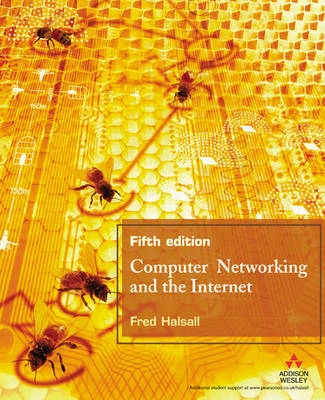With the advent of the World Wide Web the global Internet has rapidly become the dominant type of computer network. It now enables people around the world to use the Web for E-Commerce and interactive entertainment applications, in addition to those already supported by the Internet such as e-mail and IP telephony. As a result, the study of computer networking is now synonymous with the study of the Internet and its applications. The 5th edition of this highly successful text has been completely revised to focus entirely on the Internet, and so avoids the necessity of describing protocols and architectures that are no longer relevant. As many Internet applications now involve multiple data types text, images, speech, audio and video the book explains in detail how they are represented.
A number of different access networks are now used to gain access to the global Internet. Users at home and in small businesses gain access through their local switched telephone network using either a low bit rate or broadband modem. For users served by a cable television provider, access is often through a high bit rate cable modem. Wireless networks are now widely used including Internet-enabled mobile phones with cellular phone networks and, within buildings, wireless networks such as Bluetooth. These are in addition to the site networks used by academic institutions and large businesses. Separate chapters illustrate how each type of access network operates and interfaces to the global Internet. This is followed by a detailed account of the architecture and protocols of the Internet itself and the operation of the major application protocols.
This body of knowledge is made accessible by extensive use of illustrations and worked examples that make complex systems more understandable at first glance. This makes the book ideal for self-study or classroom use for students in Computer Science or Engineering, as well as being a comprehensive reference for practitioners who require a definitive guide to networking.
New in this edition:
A separate chapter is devoted to each of the different types of access network: Telephone networks, LANs and intranets, Wireless networks, and Entertainment networks. A chapter is devoted to each of the main components of the global Internet, from modern Internet protocols to the World Wide Web. A whole chapter is devoted to the vital topic of Network Security. An online study guide provides a rich set of resources for both students and instructors: check out www.pearsoned.co.uk/halsall
Fred Halsall is an Emeritus Professor of the University of Wales. The previous editions of this book and his companion text on Multimedia Communications have all been widely acclaimed and translated into several different languages. He has carried out many research consultancies for a number of major communication compani...
Åtkomstkoder och digitalt tilläggsmaterial garanteras inte med begagnade böcker





















